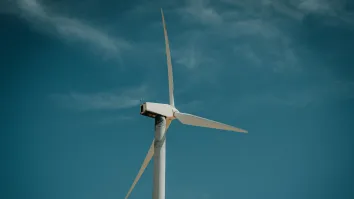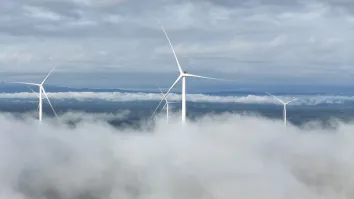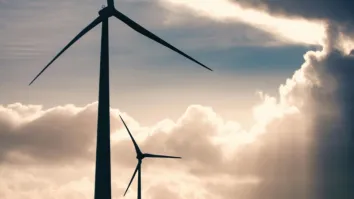Philippines renewable energy eyes 22.6% annual increase
Government incentives and foreign investments drive the growth.
The Philippines’ renewable energy market is projected to experience an annual growth rate of 22.6% through 2029, driven by the elimination of the requirement for energy assets to be solely owned by Filipinos.
Anly Mary Jose, Project Lead at Mordor Intelligence, said that this regulatory change, coupled with the country's surging energy demand, has drawn significant attention from global players, particularly Chinese firms as recent legislation now permits full ownership of renewable energy projects by foreign investors.
The government has also introduced a suite of incentives to attract investment, including tax holidays, duty-free equipment imports, VAT exemptions, and priority grid connections. The Department of Energy is aiming for 35% renewable energy in the power mix by 2030, increasing to 50% by 2040.
"In order to support the large-scale solar energy market, the government has transitioned from the feed-in tariff program to reverse auctions in 2019," Jose noted. This shift, along with anticipated foreign direct investments from Asia and beyond, is expected to bolster the growth of the Philippines' renewable energy market, particularly solar energy.
Jose emphasised the strategic importance of solar energy targets. "By 2030, they have set a target to add around 17.81 gigawatts of solar energy and 7.856 gigawatts of wind energy. They aim to reach 50% renewable energy in the power mix by 2040, necessitating an additional 102 megawatts of capacity," she explained. This includes 27 gigawatts of solar, 17 gigawatts of wind, 6 gigawatts of hydro, 2.5 gigawatts of geothermal, and 364 megawatts of biomass.
To further accelerate renewable energy adoption, the government has allowed 100% foreign ownership of renewable energy projects and implemented policies such as renewable energy portfolio standards, net metering, the Green Energy Auction Program, and renewable energy market trading systems.
"The Philippines has also started promoting mini-grids to extend electricity access in rural and island communities," Jose added. In May 2023, the country unveiled plans to install rooftop solar in villages, establish electric vehicle charging stations in major cities, and develop expansive solar farms in remote areas. By June 2023, the government had approved approximately 1,087 renewable energy projects across all major regions, promising a significant boost in renewable energy capacity.



















 Advertise
Advertise






